Claws are sharp keratin-based extensions found at the tips of the digits in many animals. More pointed and powerful than typical nails, claws serve essential roles in hunting, climbing, digging, defense, and gripping. Their structure and function vary significantly across the animal kingdom, reflecting a diverse array of ecological adaptations.
In this article, we’ll explore 20 animals known for their impressive claws, detailing their characteristics, behaviors, and the unique functions these claws provide.
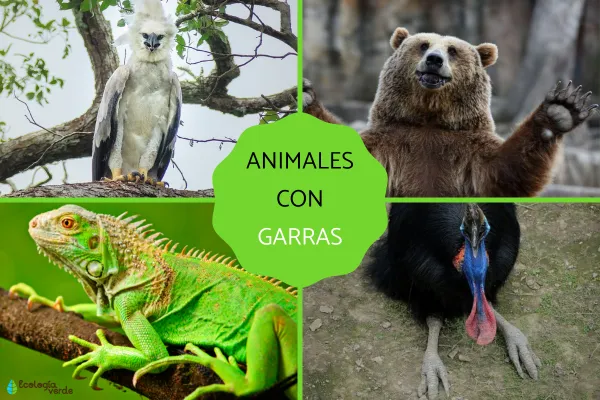
Sloths possess some of the longest claws in the animal kingdom, reaching lengths of up to 15 cm. These are remnants of their prehistoric ancestors—giant ground sloths—which used their powerful claws for digging and support. Modern sloths use their curved claws to hang from tree branches in their signature slow-motion lifestyle and to defend themselves with sharp swipes when threatened.
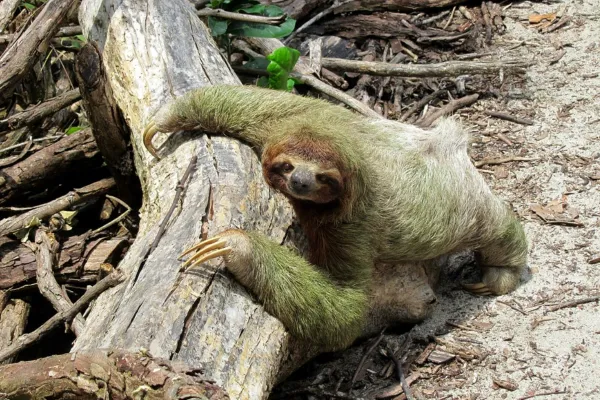
Like other big cats, jaguars have retractable claws. These claws remain sheathed when not in use, preventing wear and injury. When hunting or climbing, they extend their claws to grasp prey or ascend trees. Their claws are key to their dominance in dense jungle habitats and their effectiveness as apex predators.
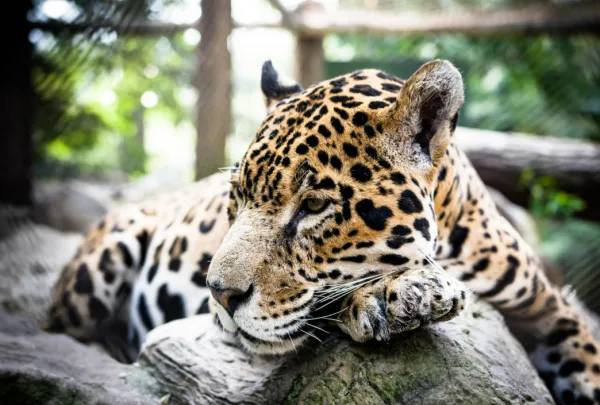
The harpy eagle is Panama's national bird and one of the world’s most powerful raptors. It possesses extremely long and curved talons—larger than a grizzly bear’s claws. These claws are strong enough to lift prey up to three times its own weight. The eagle uses them to catch monkeys, sloths, armadillos, and birds by piercing them instantly upon capture.
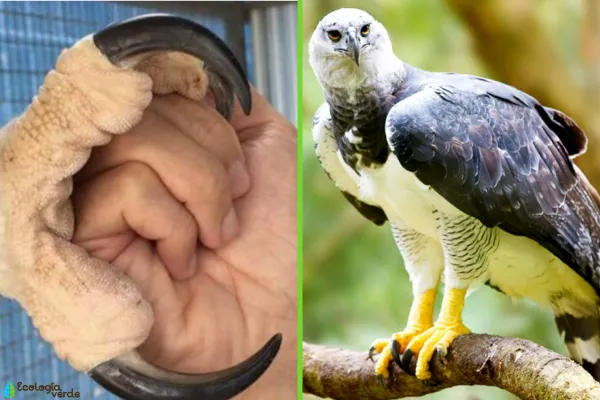
Grizzlies have the largest claws among brown bears, reaching up to 9 cm in length. These claws are primarily used for digging roots and tubers, tearing into logs to find insects, and fishing. Sadly, their valuable claws are also a reason for illegal poaching.
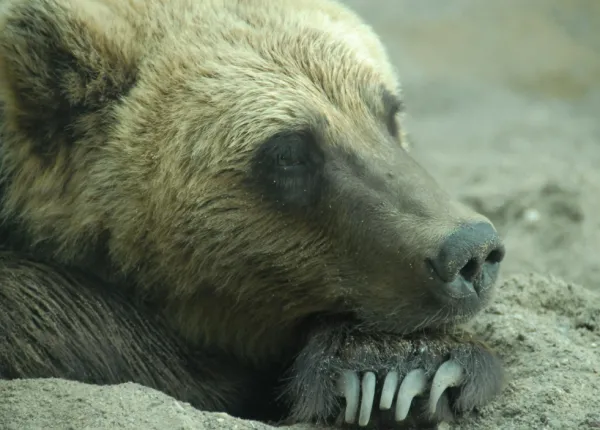
Iguanas possess long, sharp, and curved claws adapted for climbing trees and gripping surfaces. As arboreal reptiles, their claws allow them to scale vertical surfaces with agility, helping them forage and evade predators.
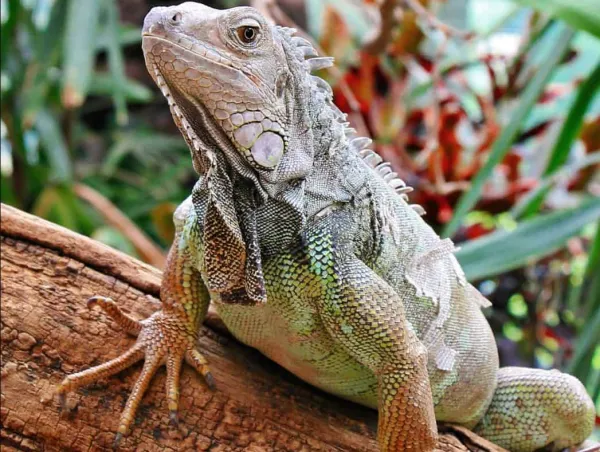
The aye-aye, a nocturnal lemur from Madagascar, has a bizarre claw-adapted middle finger that it uses to tap tree bark and locate grubs inside. Once detected, it uses its claws to extract the insects. Additionally, it has a specialized grooming claw and prehensile toes without claws to enhance grip.
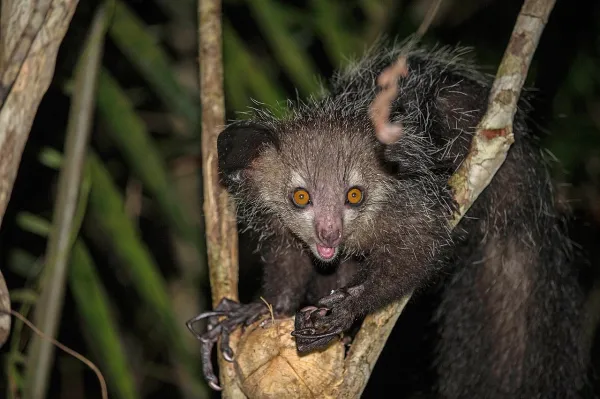
As flying mammals, bats lack the ability to walk but compensate with highly developed claws on their hind limbs. These allow them to hang upside down from trees, cave walls, or manmade structures. They also have a claw on their thumb for handling food or climbing. The size and curvature of their claws vary by species but are generally strong enough to support their body weight.
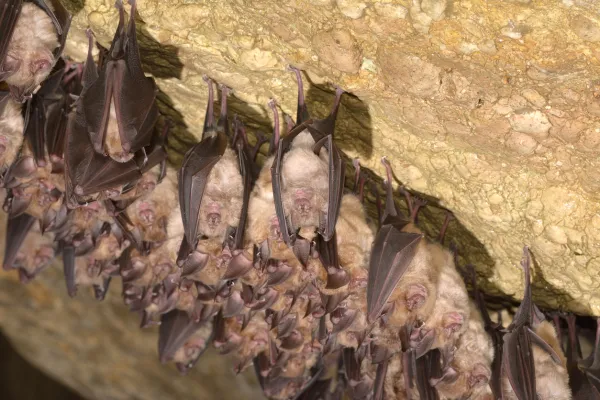
These flightless birds from Australia are often described as living dinosaurs. Standing up to 2 meters tall with bright blue faces, cassowaries have formidable claws that can reach 10 cm. These claws aid in high-speed running (up to 50 km/h), self-defense, and foraging for food like insects and fungi. A single kick from a cassowary can be fatal.
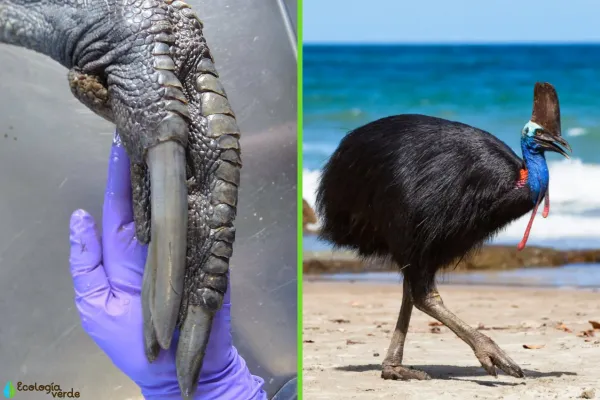
Adapted for subterranean life, star-nosed moles use long, flat claws—twice the length of their fingers—for tunneling through compact soil. Their claws are crucial for constructing complex underground tunnel networks.
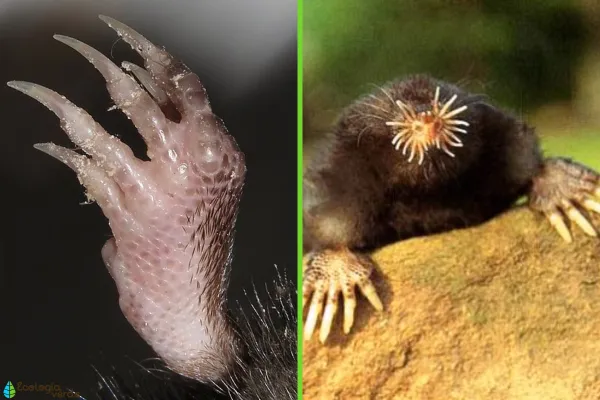
Red kangaroos have sharp claws on both their forelimbs and hind limbs. Their hands feature three claws, with the middle claw being the longest. The feet have five long claws used for powerful kicks during combat. These claws can easily tear through an opponent’s skin.
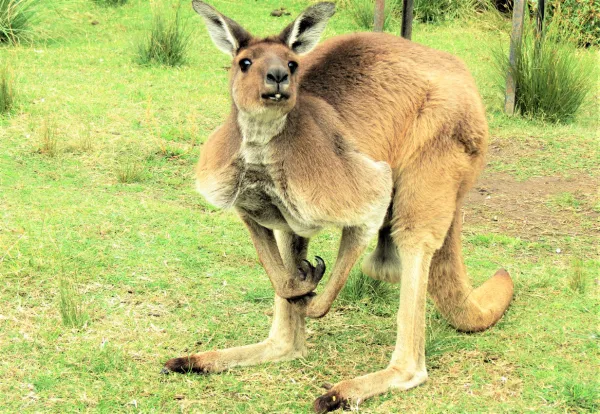
Beyond the top 10, many other animals rely on claws for survival. Here are additional examples:
Giant Anteater (Myrmecophaga tridactyla) – Uses its claws to tear open ant nests.
Crocodile (Family: Crocodylidae) – Though less flexible, their claws help with walking and digging.
Koala (Phascolarctos cinereus) – Has sharp claws for climbing eucalyptus trees.
Hedgehog (Family: Erinaceinae) – Uses claws for digging and foraging.
Pangolin (Order: Pholidota) – Strong claws help break termite mounds.
Rabbit (Family: Leporidae) – Uses claws for digging burrows and defense.
Armadillo (Family: Dasypodidae) – Has robust claws for excavation and protection.
Golden Eagle (Aquila chrysaetos) – Uses talons to seize prey.
Turtles (Order: Testudines) – Claws assist with digging nests and climbing.
Meerkat (Suricata suricatta) – Uses claws to dig and hunt for insects.
Black Vulture (Coragyps atratus) – Uses claws for gripping and feeding on carrion.
Owls (Family: Strigidae) – Powerful talons enable silent hunting.
Geckos (Suborder: Gekkota) – Tiny claws enhance climbing on vertical surfaces.
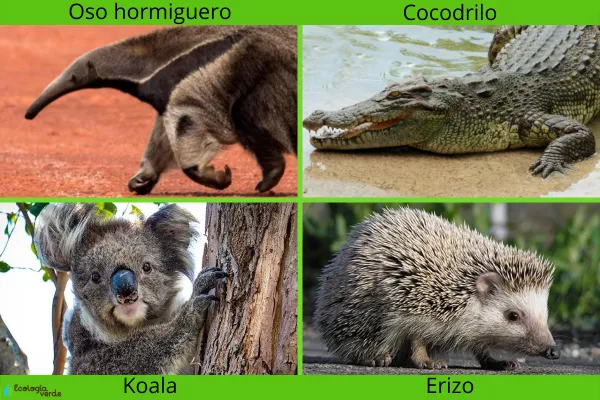
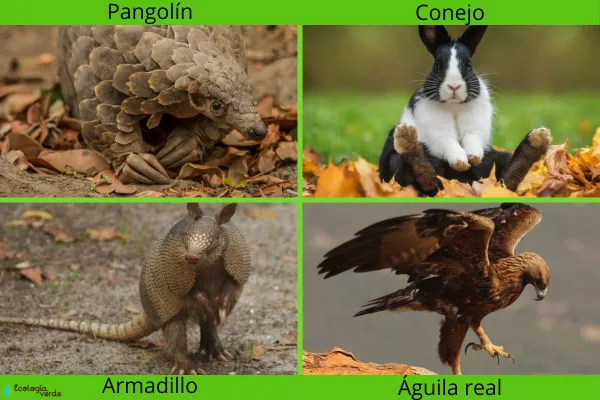
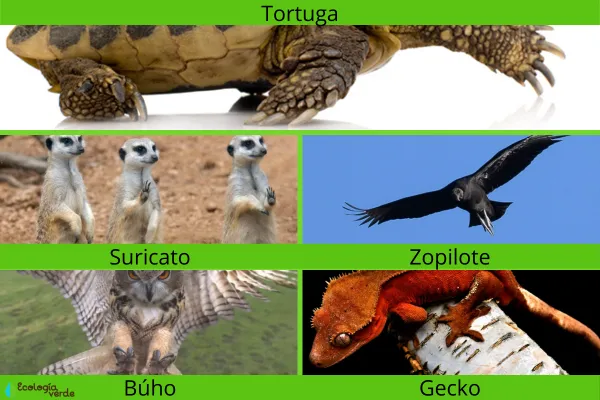
Claws are more than weapons—they are tools of survival. From hunting and climbing to grooming and shelter-building, claws have evolved to meet each species’ ecological niche. By understanding these adaptations, we gain deeper insight into the diversity and resilience of wildlife across ecosystems.
To explore more about wild animals and their unique traits, visit our Wild Animals category or stay tuned for upcoming articles.
Bibliography
Fischer, A. (2021) This is the cassowary, the most dangerous bird in the world that attacks like a velociraptor. Available at: https://www.ngenespanol.com/animales/asi-es-el-casuario-el-ave-de-apariencia-prehistorica-que-el-bosque-papu/
National Geographic Editorial Team (2020) Aye-aye. Available at: https://www.nationalgeographic.es/animales/aye-aye
Beatty, R., Beer, A., & Deeming, C. (2010). The Book of Nature. Great Britain: Dorling Kindersley.
animal tags: Claws Animals
We created this article in conjunction with AI technology, then made sure it was fact-checked and edited by a Animals Top editor.